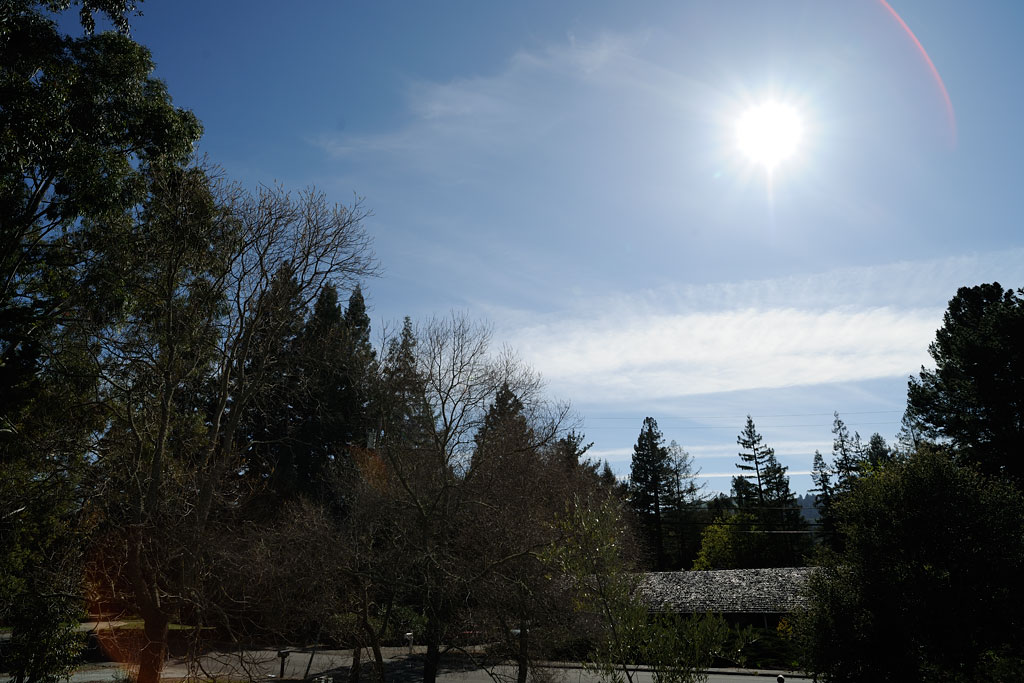EXCERPT page containing first few paragraphs. 2024-04-25 01:44:14
UA_SEARCH_BOT_compatible_botmozilla/5.0 applewebkit/537.36 (khtml, like gecko; compatible; claudebot/1.0; +claudebot@anthropic.com) @ 3.15.46.13
For full access, subscribe here. Or click title to login. ![]()
Testing for Flare
Flare is of two types: veiling flare (haze), and ghosting flare (bright shapes of various kinds). There is also one type of ghosting flare that forms an arc which I call “arcing flare”.
Both kinds of flare can be induced by a filter, especially a less than spotless one, so always test a lens for flare without a filter. Even the best filters cause some flare under some conditions.
Testing for flare
Both types of flare can be tested for in a similar fashion. Unless you will be shooting without the lens hood, always test for flare with the lens hood attached.
Modern lenses with state of the art lens coatings generally show very impressive resistance to flare, but some have extreme susceptibility under certain conditions.
Article continues for subscribers...
Diglloyd Making Sharp Images is by yearly subscription. Subscribe now for about 13 cents a day ($50/year).
BEST DEAL: get full access to ALL 8 PUBLICATIONS for only about 75 cents a day!
Diglloyd Making Sharp Images articulates years of best practices and how-to, painstakingly learned over a decade of camera and lens evaluation.
Save yourself those years of trial and error by jump-starting your photographic technical execution when making the image. The best lens or camera is handicapped if the photographer fails to master perfect shot discipline. High-resolution digital cameras are unforgiving of errors, at least if one wants the best possible results.
- Eases into photographic challenges with an introductory section.
- Covers aspects of digital sensor technology that relate to getting the best image quality.
- Technique section discusses every aspect of making a sharp image handheld or on a tripod.
- Depth of field and how to bypass depth of field limitations via focus stacking.
- Optical aberrations: what they are, what they look like, and what to do about them.
- MTF, field curvature, focus shift: insight into the limitations of lab tests and why imaging performance is far more complex than it appears.
- Optical aberrations: what they are, what they look like, and what to do about them.
- How to test a lens for a “bad sample”.
Intrigued? See Focusing Zeiss DSLR Lenses For Peak Performance, PART ONE: The Challenges, or (one topic of many) field curvature.


